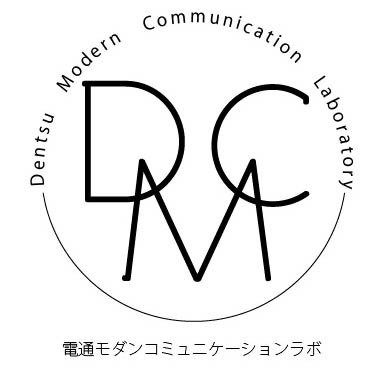Spring has finally arrived. This season is all about cherry blossom viewing, right? Enjoying beautiful sakura with good friends, drinks, and music... But honestly, food over flowers! Under the warm spring sunlight filtering through the trees, take a bite of a freshly toasted sandwich...
...What is this?! It's incredibly delicious! Can bread really taste this good!?
That was my first encounter with Balmuda.
Balmuda is a brand popular these days for its high-spec yet stylish home appliances. While its toaster produces bread that's truly awe-inspiring, it's not just that. Its beautiful form, reminiscent of Scandinavian furniture, creates an atmosphere that sets it apart from other mass-produced appliances.
You might associate Balmuda products with keywords like "one-of-a-kind," "craft appliances," "handmade," or "masterpieces crafted by artisans"... but did you know they're actually created under surprisingly rational management?
This time, drawing from 'Balmuda: The Miracle of Design Management' (by Hisako Moriyama, Nikkei BP), we'll explore where the ideal intersection of design and management lies, deciphering it through the philosophy of Balmuda President Gen Terao.
From designs I wanted to designs that consider users' lives
At a time when Balmuda's products weren't selling particularly well, there was a clear shift away from designs based on personal taste toward "designs that accompany users' lives."
"Accompanying life" might sound overly dramatic, but take their humidifier "Rain" as an example. Its distinctive feature is the unusual vase-like form.
Typically, humidifiers have a water tank, and one might naturally think,
"How much capacity is needed?"
"How can we make it easier to carry?"
These are the kinds of questions typically discussed during the design process. But Balmuda was different.
"Isn't the very act of removing the water tank itself a waste of that person's life?"
From this unique perspective, they developed a design where the tank and humidifier body are integrated. Mr. Terao also states that appliances don't need to be heroes. What about the chairs and desks in the room, or the people living there? Couldn't there be appliances that enhance these protagonists? While it's natural to want to showcase design points you're particular about, they deliberately focus on "how to make them disappear."
"What Balmuda discusses is 'the user's life.' Our starting point for innovation is different." (P.66)
Four-Stage Management Technique for Product Development
Balmuda reportedly advances from concept to product launch seamlessly, driven by a relentless user perspective. Naturally, realizing serious ideas demands extraordinary technology. At times, they prototyped 100 air purifier propellers and rendered up to 2,000 images per product.
However, it became clear that this approach made investment in each product too much of a gamble, leading them to establish clear management metrics.
① Concept Establishment Stage
② Technology Establishment Stage
③ Product Establishment Stage
④ Mass Production Establishment Stage
Progressing through these stages naturally increases man-hours, extending development time to 1.5 times the conventional period. It is reported that executives, including Mr. Terao, personally oversee an extremely detailed checking system covering both technical and financial aspects. However, the purpose of implementing such rigorous management goes beyond mere quality improvement and cost reduction at the product level.
Innovation can be created through simultaneous trial and practice
The true purpose of stage management... as repeatedly emphasized in this book, is "establishing innovative technology." Realizing designs that truly resonate with users' lives requires advanced technology. However, conducting fundamental research to generate diverse technologies is a significant hurdle, even for major manufacturers, let alone attempting it in isolation.
Therefore, rather than running all product development independently, we should portfolio the technologies to be tested and manage all products horizontally to consolidate time and cost. In other words, it boils down to simultaneously conducting fundamental research and product development to establish unbeatable technology with super-efficiency. Regarding this highly rational and advanced approach, the company's president, Mr. Terao, states:
"We want to 'mass-produce' more innovation. The goal is not managing the organization, but managing innovation." (P.110)
Balmuda: A Model of Management's Shu-Ha-Ri
The company's products, never straying from their manufacturing roots, have often been featured in publicity due to their appeal. However, they reportedly felt limitations in the reach of communication and the information edited from a media perspective. Realizing that advertising conveys their worldview, they began investing 2% of sales into advertising starting in 2014.
Building on a foundation of rigorous technology and cost management, the company practices meticulous life design and makes aggressive investments in advertising. This book offers a comprehensive perspective on management and leadership, making it a highly insightful and rewarding read.





